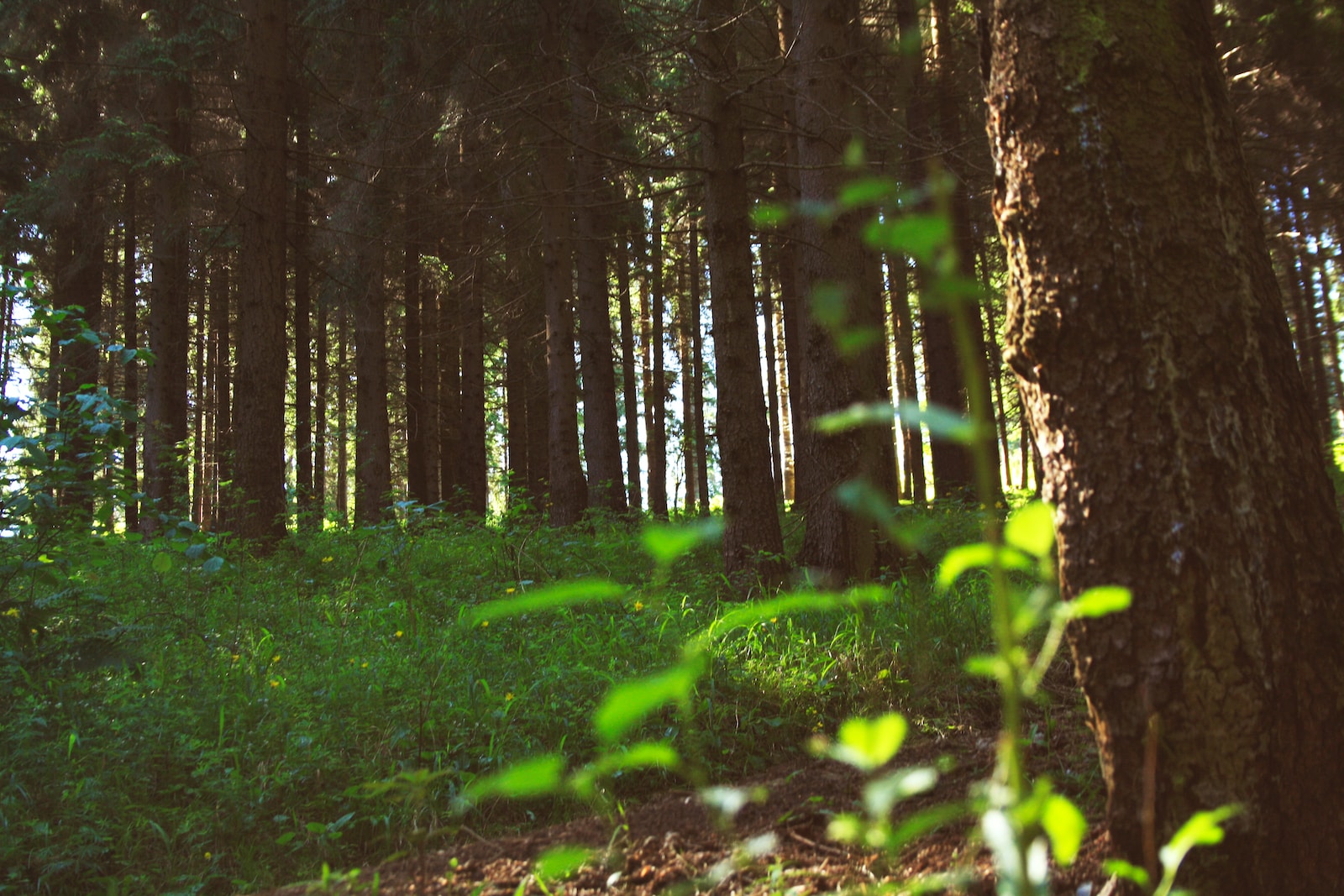- As already explained in our introduction to ecosystems the components of an ecosystem are broadly categorized into two main groups: biotic and abiotic:
- Biotic Components: Biotic components are the living things in an ecosystem, including plants, animals, and microorganisms. They interact with each other and with the abiotic components of the ecosystem in complex ways, forming the basis of the ecosystem.
- Abiotic Components: Abiotic components are the non-living things in an ecosystem, including the physical and chemical factors such as temperature, humidity, light, soil, water, and air. They form the foundation upon which the biotic components of the ecosystem depend.
Biotic Components:
- Producers: Producers, also known as autotrophs, are organisms that can produce their own food through photosynthesis or chemosynthesis. They form the base of the food chain and provide food for other organisms in the ecosystem. Examples include green plants and algae.
- Consumers: Consumers, also known as heterotrophs, are organisms that obtain energy by consuming other organisms. They are divided into three categories based on their feeding habits: herbivores, carnivores, and omnivores. Examples include deer, lions, and humans.
- Decomposers: Decomposers, also known as saprotrophs, are organisms that break down dead organic matter into simpler compounds. They play a crucial role in recycling nutrients in the ecosystem. Examples include bacteria and fungi.
- Mutualists: Mutualists are two or more species that interact with each other in a mutually beneficial way. Examples include bees and flowers, where the bees pollinate the flowers while collecting nectar.
- Parasites: Parasites are organisms that live on or inside other organisms, known as hosts, and obtain nutrients from them. They can have a negative impact on the health of the host. Examples include ticks and fleas.
Abiotic Components:
- Atmosphere: The atmosphere is the layer of gases surrounding the Earth. It contains important components like oxygen, carbon dioxide, and nitrogen.
- Hydrosphere: The hydrosphere refers to all the water on Earth, including oceans, lakes, rivers, and groundwater. It provides a habitat for aquatic organisms and is essential for many processes in the ecosystem.
- Lithosphere: The lithosphere is the solid outermost layer of the Earth, including rocks, soil, and minerals. It provides a substrate for plants to grow and is home to many soil-dwelling organisms.
- Climate: Climate is the long-term pattern of weather in a particular area. It is determined by factors such as temperature, rainfall, and wind patterns. It influences the distribution and abundance of biotic components in an ecosystem.
- Edaphic Factors: Edaphic factors refer to the physical and chemical properties of the soil, including pH, texture, and nutrient content. They influence the types of plants and microorganisms that can survive in the soil, and therefore affect the rest of the ecosystem.




